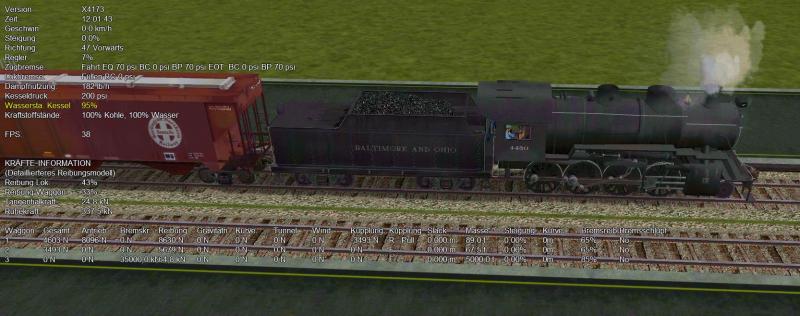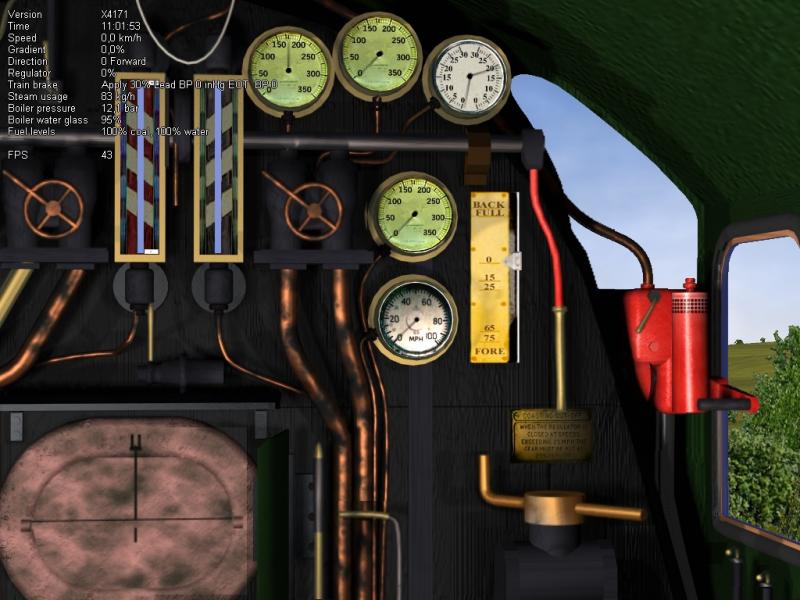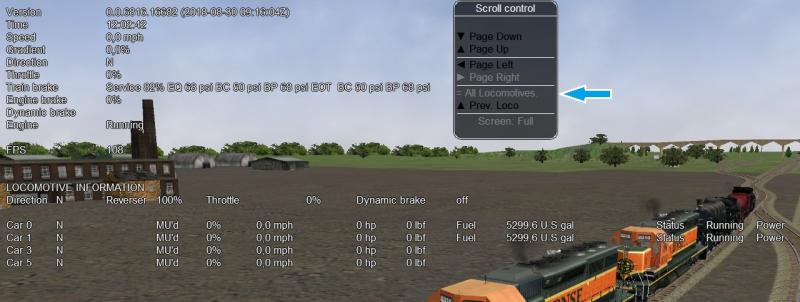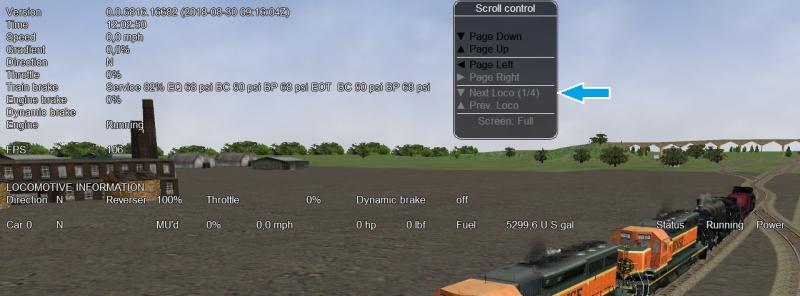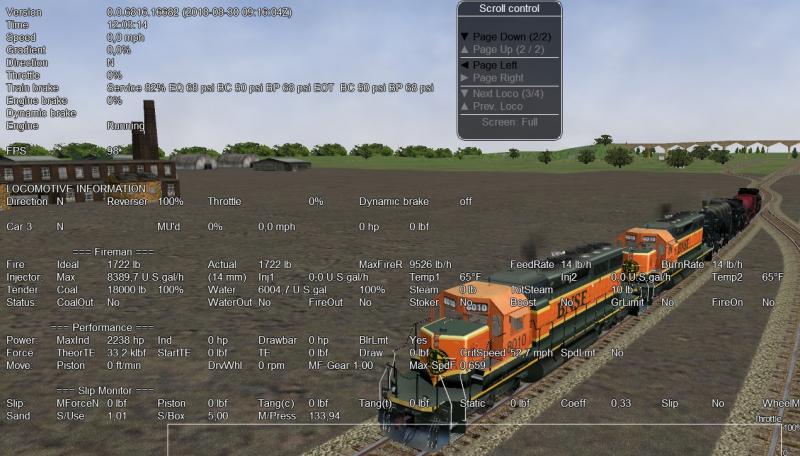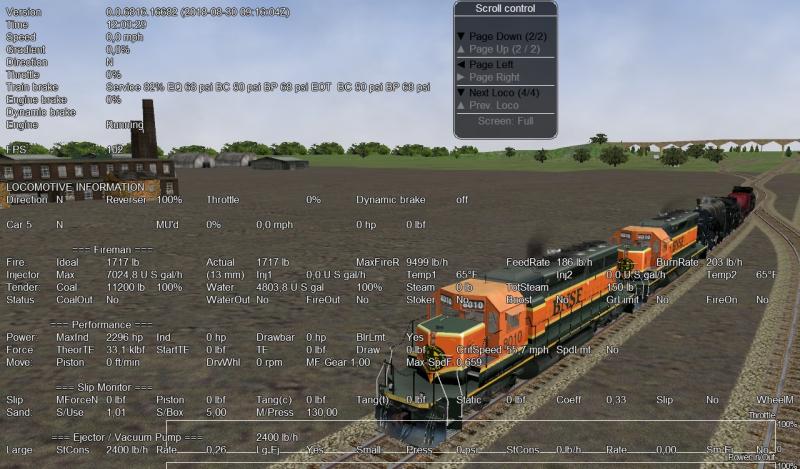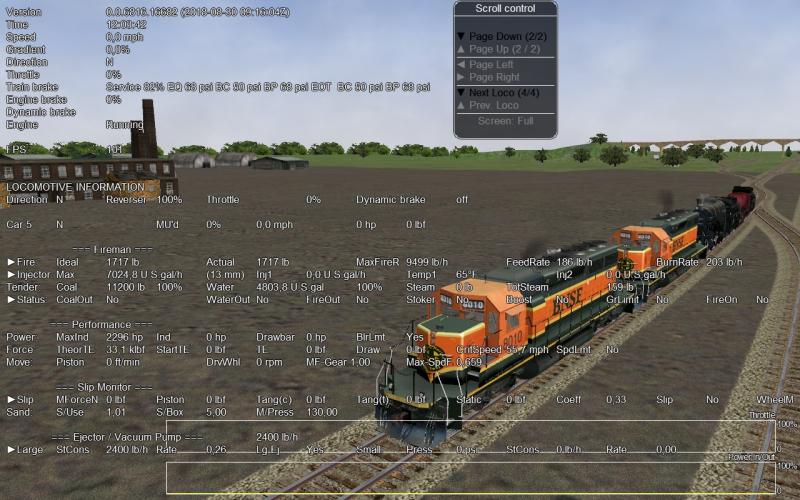After re-installing the coupler information in the HUD, curiosity got the better of me (and you know what happened to the curious cat), and I decided to have a closer look at the coupler code.
Firstly, in OR only the following parameters are used to define a coupler (which may not be an issue as such, but needs to be understood for clarity of definition):
i) couplinghasrigidconnection
ii) Stiffness
iii) Break
iv) R0
NB: The coupler type statement, ie whether it is a Chain, Bar, or Automatic coupler etc is not considered. This could be included in the code to prevent non-matched wagons and cars from coupling, however I suspect that it would cause some issues with poorly defined legacy Wagon files.
Secondly, I suspect that some of the "default" limits are too low, and hence this is restricting some of the slack movement, and general coupler operation.
Thirdly, it also appears that only one coupler is being used from the WAG file, so hence where two couplers are defined, only the second (or coupler last to be read in the file) is being used. This may not be an issue for some wagons were the couplers are the same at each end, however steam locomotives which have a BAR coupler and a Chain/Automatic coupler will only have either the BAR or the C/A coupler depending upon which one is defined last in the WAG file.
So I have decided to address some of the above issues. At this stage I will not be changing the underlying coupler forces calculation code as it is quite complex, and I still don't fully understand it.
So as a consequence, I have done a small update to the use of the Break information parameter which has the following form - Break ( x y ), where
x = the "Proof" force of the coupler. It appears that this value is a guaranteed value below which the coupler will not fail. Operating over this limit may cause stresses in the coupler, but it should not fail or break until the next limit is reached. Information will be displayed ("O/L") in the FORCES INFORMATION HUD if this value is exceeded. This value appears to be somewhere between 50 - 60% of the ultimate coupler force.
y = Ultimate Coupler force. The force that will cause the coupler to break. The player will be advised that the coupler has been broken, and information will also be displayed in the HUD ("xxx").
NOTE: It should be remembered that the breaking force of the "coupler" will be the smaller of the force required to break the metal coupler, or the force to pull the coupler off the car. Thus couplers mounted on wooden cars would typically require smaller forces to "break" the coupler.
The "Break Couplers" option needs to be selected in the Options Menu for Couplers to be broken.
In Appendix A of this
document are some examples of typical Coupler Forces.
Thus for example from the above document, a Coach Drawhook (Drop Head Buckeye) would be defined as follows:
Break ( 0.3e6N 0.75e6N )
Patch #4180 now has the above changes.
 mbm_OR, on 14 August 2018 - 02:53 AM, said:
mbm_OR, on 14 August 2018 - 02:53 AM, said:
 Log In
Log In Register Now!
Register Now! Help
Help





